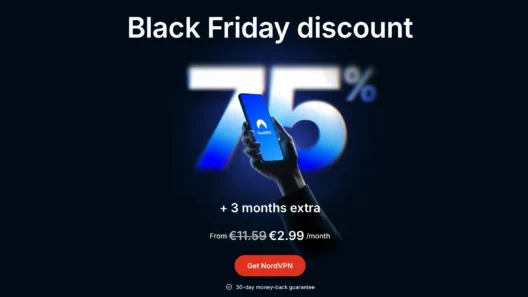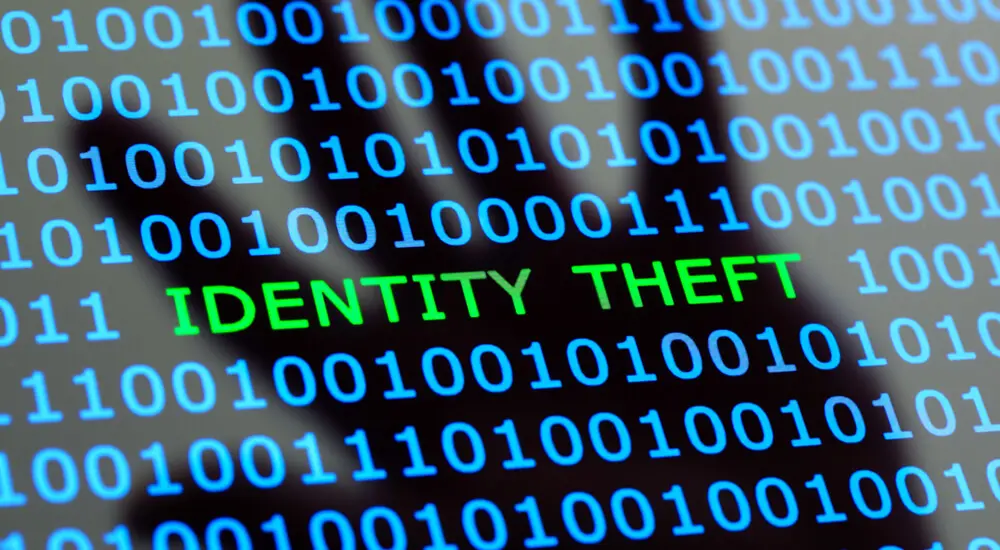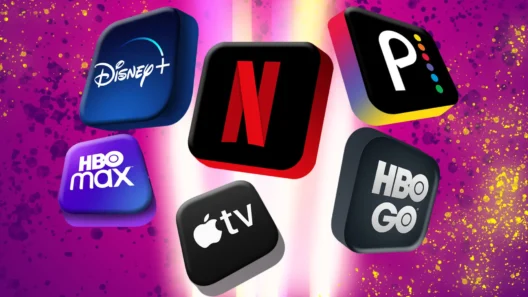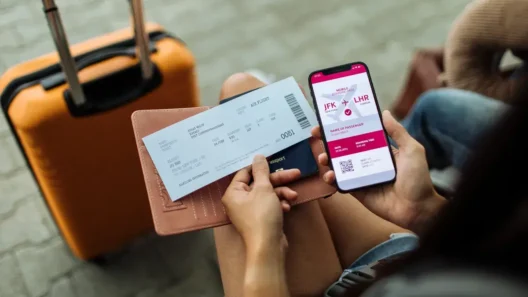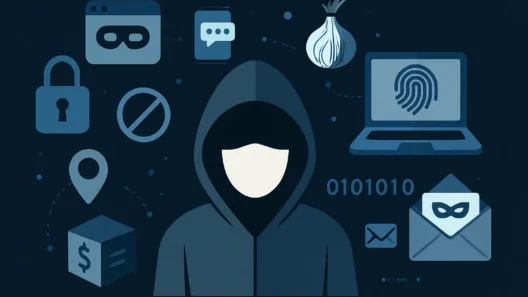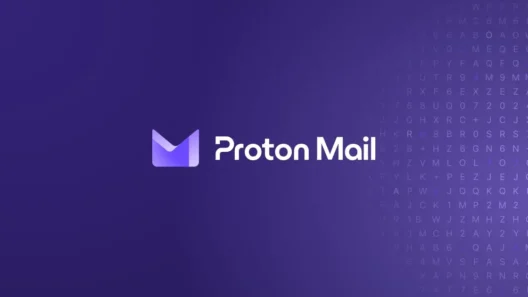Let’s face it. If someone really wanted to build a detailed profile of who you are—your habits, your weaknesses, your secrets—they probably wouldn’t have to try that hard. They wouldn’t need spy satellites or secret agents. All they’d need is a decent WiFi connection and a few hours on the open internet.
What freaks me out the most is not the idea of some hacker in a dark hoodie breaking into my accounts. It’s how completely normal it has become to have your data collected, sold, leaked, and shared—sometimes by companies you actually trust.
Your Digital Shadow Is Larger Than You Think
Every time I check the weather, open Google Maps, or scroll through a loyalty program email from my pharmacy, I’m leaving behind breadcrumbs. That breadcrumb trail—also called a digital footprint—adds up. Fast.
And here’s the kicker: most of that data? It’s not even collected by shady cybercriminals. It’s scooped up by the apps you use every day, data brokers you’ve never heard of, and yes—even public records.
Some of the personal info that’s floating out there includes:
- Your full name (and any nicknames)
- Email addresses and phone numbers
- Home address, both past and current
- Your age, gender, and race
- Political views and religious beliefs
- Sexual orientation
- Shopping habits and browsing history
- Financial and medical records
- Social security number (in some countries)
- Employment and education history
- Criminal records, court cases, marriage and birth certificates
- Your location history from mobile devices
- Biometrics (like fingerprints or face scans)
- Business contacts and even your relatives
Creeped out yet? You should be.
How the Hell Did All This Get Online?
It’s easy to think, “I never shared this stuff, so how can it be online?” The brutal truth is: you probably did. Just not all at once and not always knowingly.
Let me break down where a lot of this data comes from:
1. Apps and Online Accounts
That fitness app that tracks your steps? It might also track your location 24/7. The social media account you set up ten years ago? Still indexed by search engines. Most apps, even free ones, are monetized through user data. You’re the product.
2. Data Brokers
There are entire companies—hundreds of them—whose sole business is collecting, aggregating, and selling personal data. These include your purchase history, salary range, household size, even how likely you are to respond to a marketing email. Creepy? Absolutely. Legal? In many places, yes.
3. Public Records
Real estate purchases, voter registrations, business licenses, marriage and divorce records—much of this is public domain and scraped by bots into massive databases.
4. Leaked Databases
Ever been part of a data breach? If you’ve used the same email for over five years, the answer is likely yes. Those massive password leaks and breached login databases are a goldmine for criminals—and they’re often still floating around.
5. Cookies and Trackers
Most websites use tracking tools that follow your behavior across the web. Not just on their site—but across any page that uses the same ad networks, like Google Ads or Facebook Pixel.
What I Personally Do About It: My Digital Hygiene Ritual
When I first realized how much of my personal life was floating online—sometimes on sites I didn’t even know existed—I felt totally exposed. As someone who works in cybersecurity, that wasn’t just uncomfortable. It was unacceptable.
That’s when I started building my own digital hygiene routine. Nothing crazy or tinfoil-hat-level paranoid—just smart, consistent steps that give me back some control.
Step 1: I Use Incogni to Scrub My Data from the Web
Let me tell you: manually reaching out to data brokers is a nightmare. Some require emails, others want you to fill out clunky forms, some don’t respond at all. And there are hundreds of these companies.
That’s where Incogni comes in. It’s an automated service by the makers of Surfshark VPN. You sign up, give them permission to act on your behalf, and they go to war with data brokers for you.
I’ve seen over 100 removals from data-selling platforms I didn’t even know had my info. Some of them had my name and my past three home addresses. One even listed my approximate income level and relationship status.
It’s a slow burn—it takes a few weeks to see full results—but the long-term payoff is real. You get a dashboard that shows which requests were accepted, pending, or rejected. I check it once a month like I check my credit score.
Step 2: I Use a VPN Daily (Yes, Really)
The other non-negotiable tool in my privacy toolkit? A VPN. I don’t care how boring or repetitive it sounds. If you’re not using a VPN when you’re browsing, especially on public WiFi, you’re basically naked online.
A good VPN:
- Masks your IP address
- Encrypts your internet traffic
- Helps block trackers and ads
- Stops ISPs from logging your browsing history
- Lets you appear as if you’re in another country (which is super handy for streaming or digital privacy laws)
I personally use Surfshark, mostly because I can use it on unlimited devices. I’ve got it running on my laptop, phone, tablet—even my smart TV. WireGuard protocol keeps it fast, and I enable the Kill Switch anytime I’m working with sensitive stuff.
Between Surfshark VPN and Incogni, I’ve clawed back a decent chunk of digital control.
Why Should You Care If Your Data Is Online?
I’ve had friends say, “I’ve got nothing to hide, why should I care?” And I get that. But let’s break it down:
- Identity Theft: Your birthdate + address + email = a scammer’s starter kit.
- Financial Fraud: Leaked financial info can lead to unauthorized charges or worse—full-on account takeovers.
- Social Engineering: Criminals can use data to impersonate you, trick your family, or manipulate your behavior.
- Embarrassment or Blackmail: That forgotten forum post from 2009? Or your shopping history? Someone might find it useful against you.
- Surveillance Creep: Even if you trust your government now, can you guarantee the same in 5 years?
Data exposure isn’t just a theoretical risk—it’s happening right now to people like you and me.
The Most Common Personal Data Leaks (and Why They Matter)
Let’s unpack some of the real-world data types that most often show up in leaks or get sold online—and why each of them should matter to you, even if you don’t consider yourself a “high-risk” person.
1. Email Addresses
These are often your primary digital identity. A leaked email tied to old passwords can lead to account takeovers. Worse: your email might be included in spam lists, phishing attacks, or credential stuffing attempts.
2. Passwords
The average person reuses the same password across multiple platforms. If just one site leaks it, attackers try the same combo everywhere. Always assume any old password might already be out there.
3. Phone Numbers
Ever wonder why you get so many scam calls and shady SMS messages? Your number is likely part of a leaked or sold dataset.
4. Home Address
Real estate records, voter registrations, and online orders contribute to this. Combine it with full name and birthdate, and identity theft becomes a real concern.
5. Location Data
Apps love to track you “for a better user experience,” but that means you’re giving up where you eat, shop, sleep, work. Creepy doesn’t begin to describe it.
6. Browsing History
If advertisers, ISPs, and data brokers know what sites you visit, what you click on, and what you buy—they can shape your online experience in ways that manipulate you, not serve you.
7. Biometric Data
Face ID, fingerprints, voice recordings—these are extremely personal. Unlike passwords, you can’t change your fingerprints if they’re compromised.
8. Financial Info
This includes shopping habits, estimated income, even credit card partials from past leaks. Cybercriminals use this to guess passwords or scam you more precisely.
9. Health Records
You’d be surprised how often “anonymous” health data leaks contain indirect identifiers. That’s dangerous. Especially if it includes prescriptions, mental health info, or insurance claims.
10. Photos, Videos & Social Posts
Images you uploaded ten years ago might still be cached somewhere. Old forum rants, social media likes—everything can be indexed and connected.
So… What Can You Actually Do About It?
Here’s the part where people usually expect a magic button. Sorry to disappoint—there isn’t one. But if you take these steps seriously, you can massively reduce your risk exposure.
✅ 1. Run a Breach Check
Use tools like HaveIBeenPwned to see if your email or phone number was part of any known data breach. It’s free, fast, and surprisingly eye-opening.
✅ 2. Start Using a VPN
This isn’t just about streaming Netflix from another country. It’s about encrypting your traffic, hiding your IP, and preventing trackers from fingerprinting you across sites. I use Surfshark, but there are other solid options like NordVPN, ExpressVPN, or ProtonVPN.
✅ 3. Let Incogni Handle the Dirty Work
Don’t waste your life emailing dozens of data brokers. Incogni automates opt-out requests for you—and follows up when they ignore your initial request. It’s one of the few services that’s GDPR and CCPA-compliant and actually shows results.
✅ 4. Use a Password Manager
I don’t memorize passwords anymore. I let my password manager (NordPass in my case) generate and store complex, unique passwords for every site. That way, one leak doesn’t ruin everything.
✅ 5. Delete Old Accounts
You know that ancient blog or defunct social network you joined in 2012? It’s probably still online. Search for your name + “profile” or “account” and start deleting what you don’t use anymore.
✅ 6. Limit What You Share
Think before you post. Does everyone really need to know where you’re staying on vacation while you’re still there? Probably not.
✅ 7. Set Up Data Removal Alerts
Some identity monitoring tools and VPNs now offer alerts if your info appears on the dark web. It’s not perfect, but it’s another layer of protection.
My Honest Take: What Actually Works Long-Term
After years working in cybersecurity, testing tools, and watching how the data economy evolves, here’s what I’ve learned:
You don’t need to live in a bunker or toss your smartphone in a lake. But you do need to be intentional. Every click, every signup, every “Allow cookies” button has a ripple effect.
I’m not perfect either. I still order food online, stream videos, and scroll way too much on Reddit. But now I do it with a layer of protection between me and the data-hungry web.
If you only remember one thing from this whole article, let it be this:
You can’t control everything, but you can control enough to make a difference.
And that difference could mean avoiding identity theft, preventing scams, or just sleeping better at night knowing your private life isn’t someone else’s business model.
Final Thoughts: The Tools I Trust (and Use Every Day)
I wouldn’t recommend anything here if I didn’t use it myself. So here’s my personal shortlist—my “digital privacy first aid kit”:
🔐 Incogni – My data removal assistant
- Automatically scrubs your info from data brokers
- GDPR & CCPA-compliant
- Actually gets results over time
Try Incogni – 50% discount here
🌍 Surfshark VPN – My online invisibility cloak
- Unlimited devices
- Fast protocols like WireGuard
- Kill Switch, CleanWeb, and NoBorders mode
- Works on phones, laptops, smart TVs—even routers
Try SurfShark VPN – 86% discount here
🔑 NordPass – My password sanity
- Secure password generator and vault
- Works across all my devices
- Autofill + alerts for weak/reused passwords
These tools won’t magically erase you from the web—but they’re damn good at making you harder to profile, track, or exploit.
Try NordPass – 54% discount here
Take Back Your Data. One Step at a Time.
You don’t have to do everything at once. Start with just one thing: install a VPN. Or sign up for Incogni and let it run in the background. Or change one weak password. That’s already more than most people will ever do.
Because here’s the truth: in a world where your data is the product, choosing to protect it is a radical act.
And honestly? It’s one worth doing.







